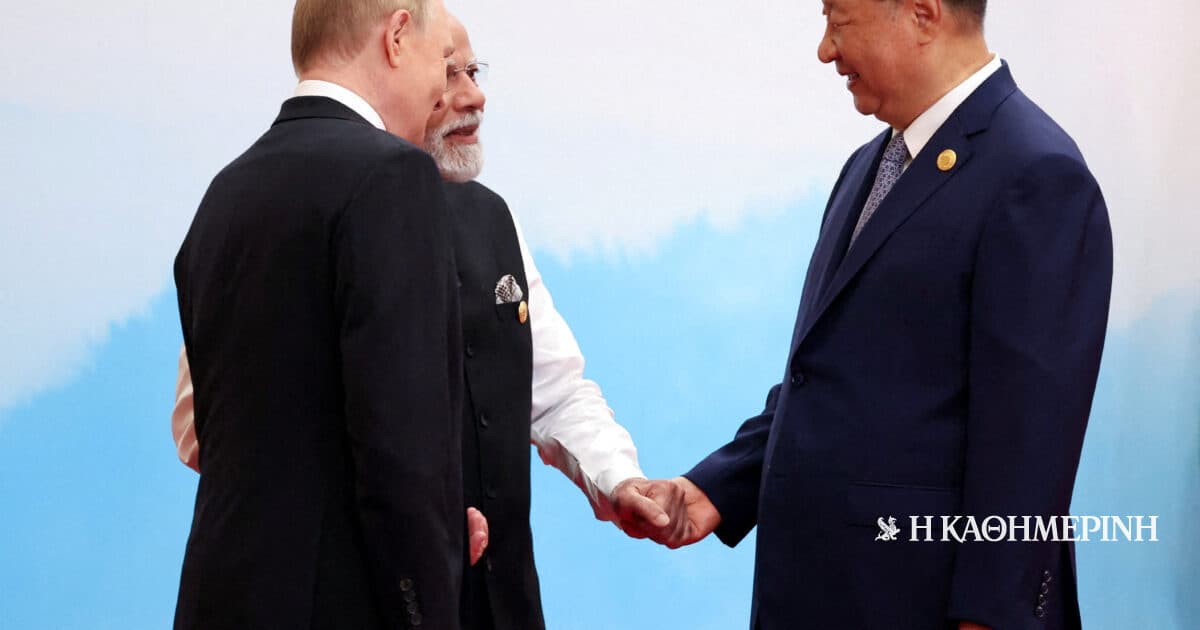A scene that seemed made for an international audience unfolded in eastern China, where the leaders of China, of Russia and her India appeared smiling, with firm handshakes and declarations of friendship at the summit Shanghai Cooperation Organization.
The Prime Minister of India, Narendra Modi , walked next to Vladimir Putin , exchanging cordial handshakes before meeting the Xi Jinping.
The three leaders formed a circle, with Putin smiling broadly and Modi bursting into laughter, while at one point they joined hands, an image that revived the idea of a troika Beijing – Moscow – New Delhi.
Analysts note that the public show of cohesion sends a message alternative world order against the United States, in a period when the Trump administration has disrupted balances with trade tariffs and sanctions.
Modi, who was targeted by Washington due to the Russian oil market , wanted to show that India has other strategic allies.
In their speeches, Xi called on members to oppose the Cold War mentality and confrontational blocs, while Putin repeated his criticism of the West in the Cold War. Ukrainian and stressed that he had already briefed Xi on his talks with President Trump in Alaska.
Modi, for his part, spoke of , claiming a greater role for India.
The atmosphere heated up further, with Modi sharing Putin's car, before a 50-minute discussion – before the bilateral meeting.
Conversations with him are always meaningful, the Indian prime minister wrote, posting photos on social media.
Despite the impressions, the differences remain: China and India clash over borders , while India cannot substitute Western support with a Russia under sanctions.
Beijing, despite promoting close cooperation with Moscow, is concerned about growing Russian influence in the region. North Korea .
Analysts interpreted the scene as a message to Washington. Image is everything at this summit, and the White House must understand that its policies are pushing other countries to seek alternatives for their interests, noted the Manoi Kevalramani , head of Indo-Pacific studies at the Takshashila Institution, India.
Although the public image showed unity, experts warned that the underlying contradictions were not disappearing. Kevalramani himself stressed that the visual messages were not softening the cracks that exist in the troika of India, China and Russia.
For his part, the Alfred Wu , associate professor at the Lee Kuan Yew School of Public Policy at the National University of Singapore, assessed that Xi is pursuing something much broader: Xi Jinping clearly wants to challenge the global order that was formed after World War II under the dominance of the United States and show that China is a credible and legitimate alternative.
Analysts in India said the message for Modi was twofold: to show that India has other strong allies and to pressure Washington to reconsider its policies. The increase in US tariffs to 50% due to India's purchases of Russian oil has, according to experts, changed the data in New Delhi.

